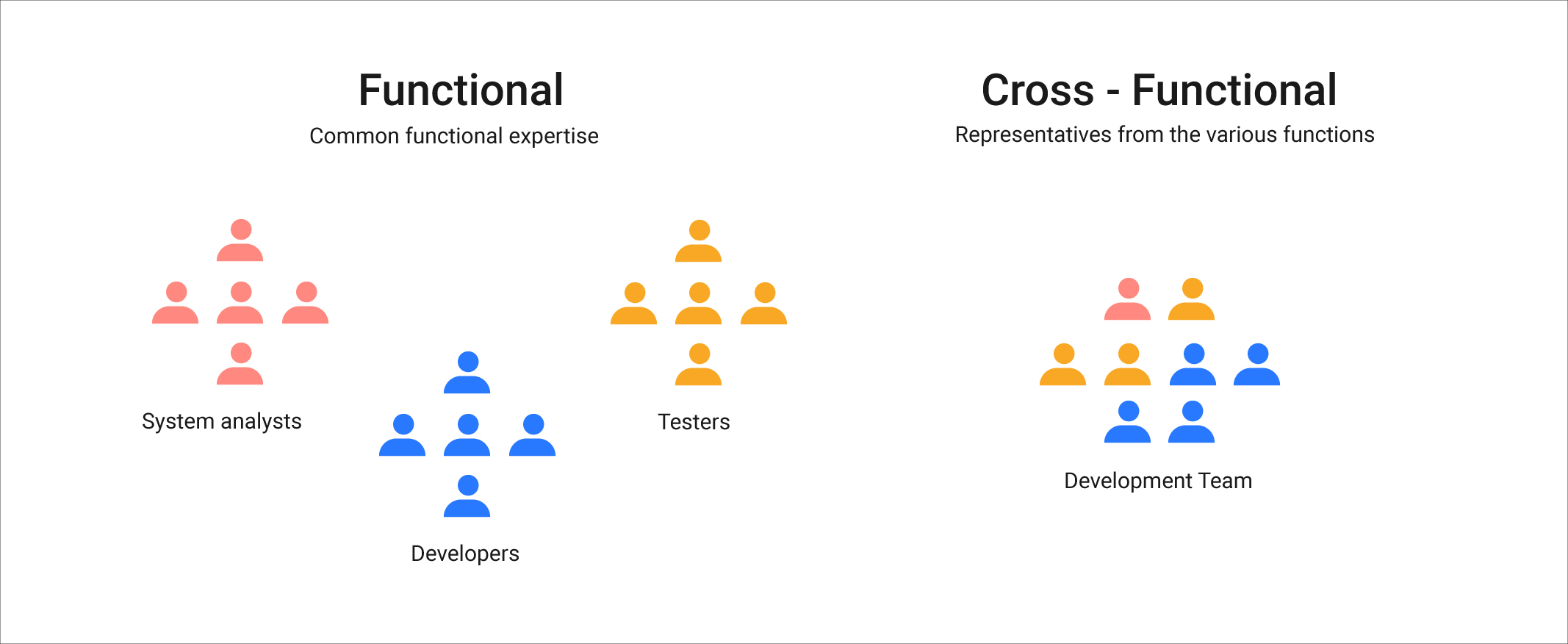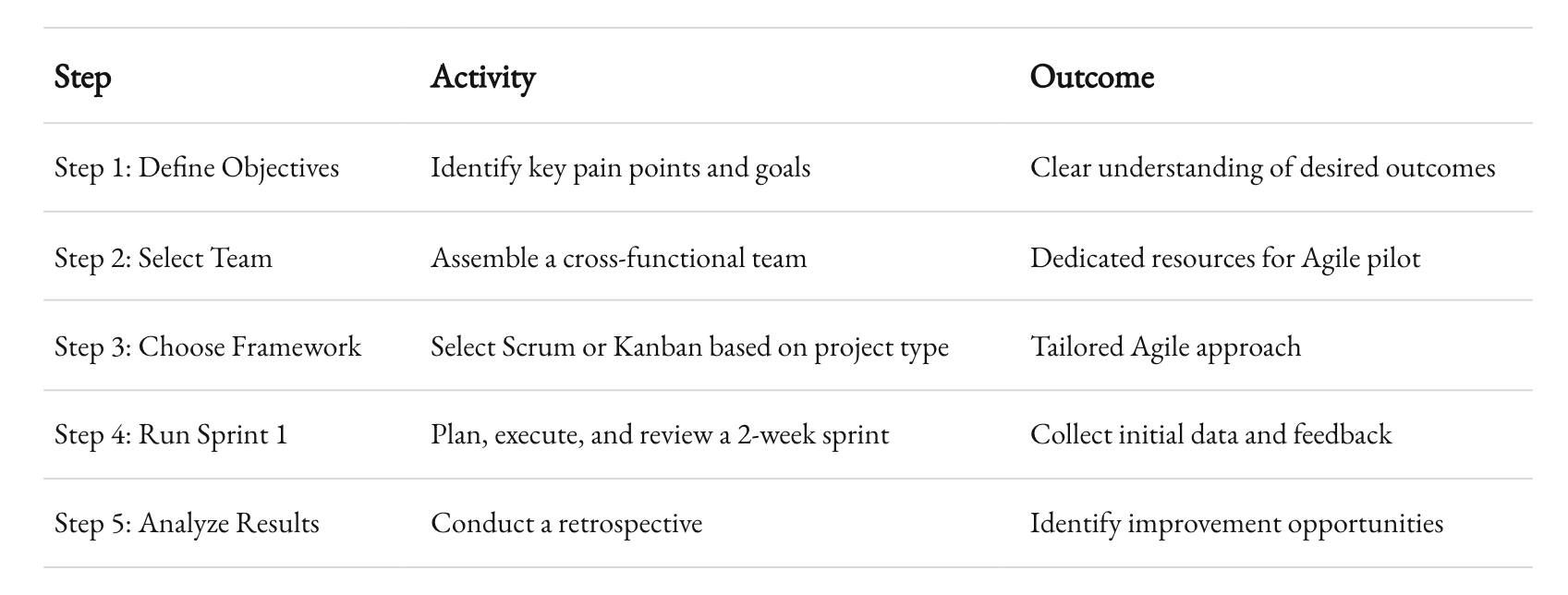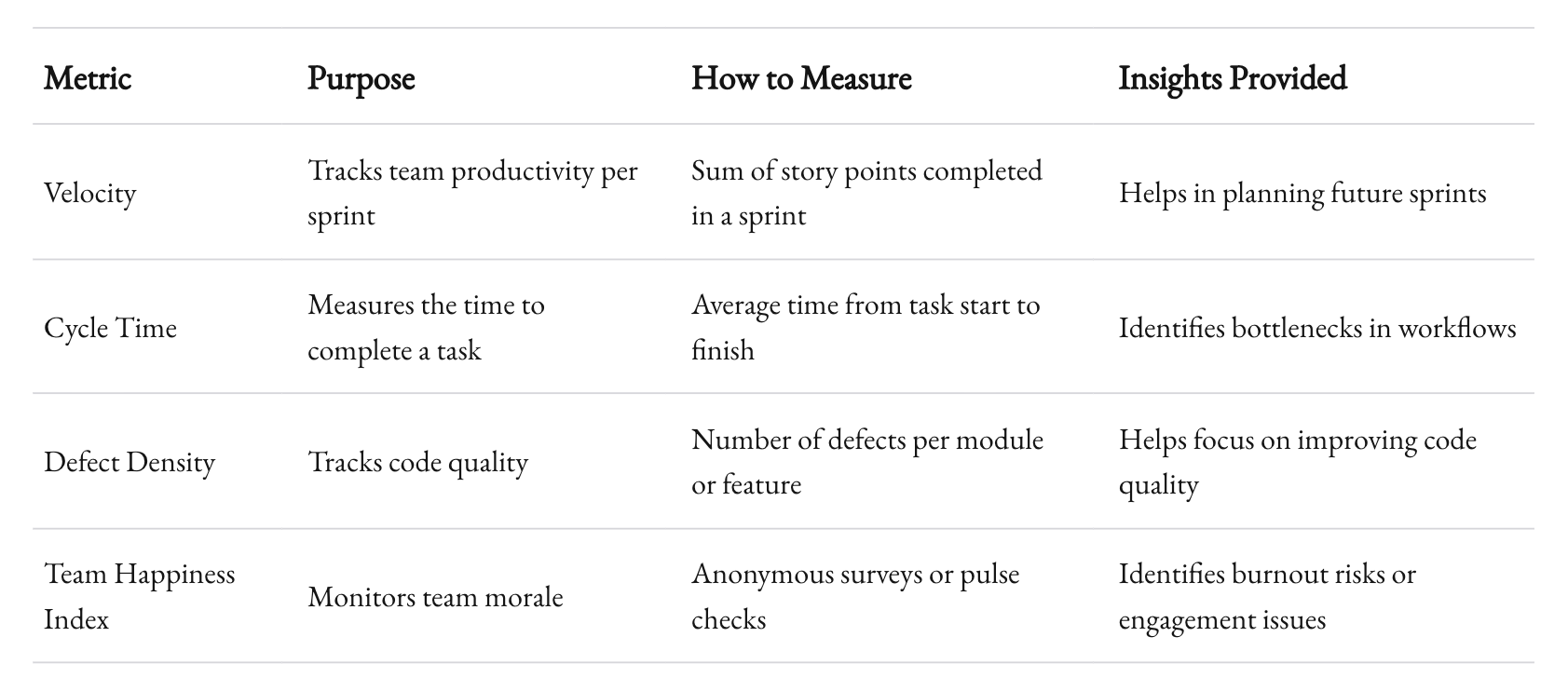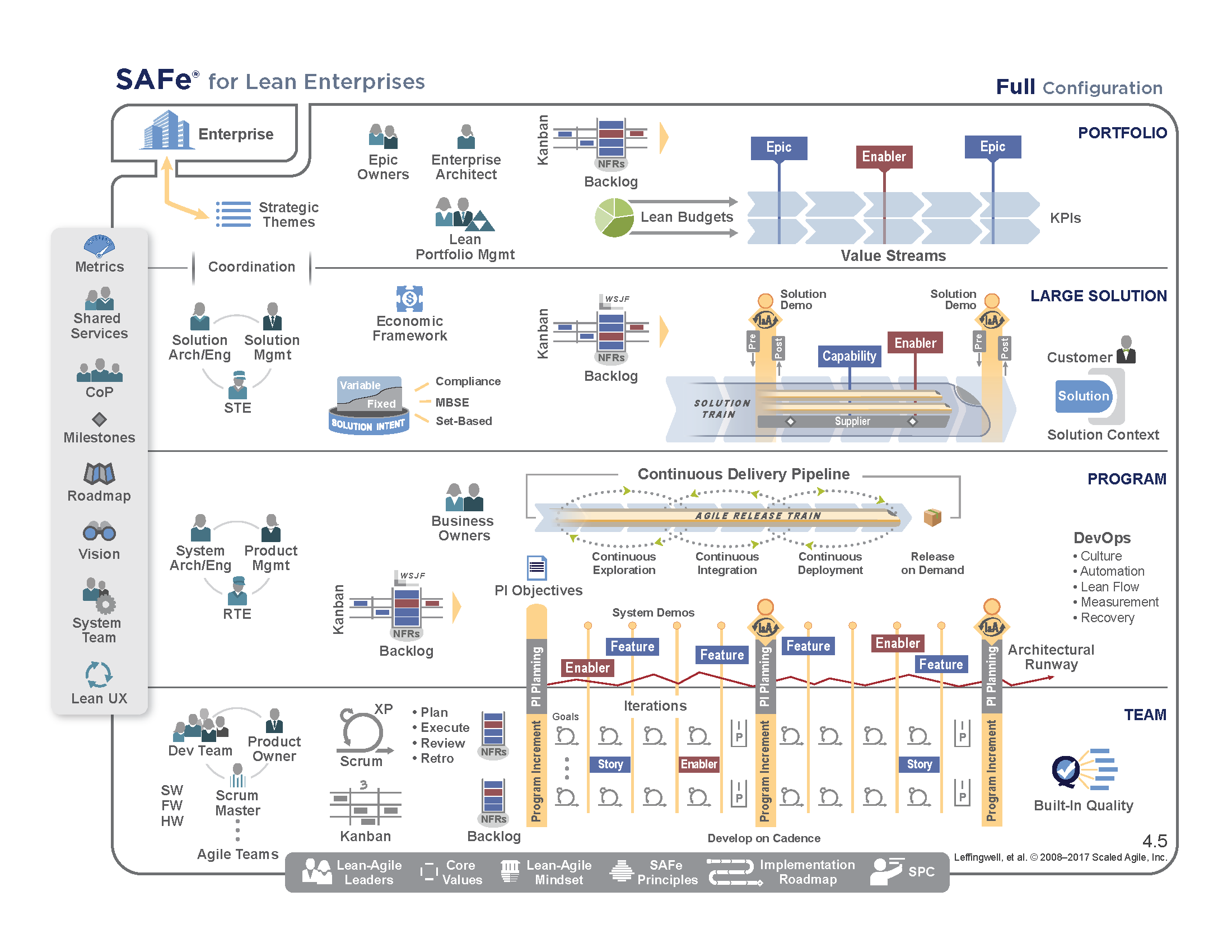What's the Most Effective Way to Implement Agile Methodologies in Our Development Process?
A no-nonsense guide to adopting Agile methodologies that fit your team like a glove.

Adopting agile methodologies effectively boils down to tailoring its principles to your team's unique context, starting small, and scaling intelligently.
You’ve heard it all before. Agile. The holy grail of software development. The secret sauce behind tech giants and startups alike. But here’s the thing—if Agile were a magic wand, every company using it would have flawless processes. They don’t. And you’ve likely seen the pitfalls: bloated standups, never-ending sprints, or just plain chaos dressed up in Agile lingo.
The truth? Agile isn’t a one-size-fits-all framework. It’s a mindset—a way of operating. And to implement it effectively, you need to make it your own. Let’s unpack how.

Start With Why
Before you dive into Agile, ask yourself: What problem are you solving? Are deadlines slipping through the cracks? Is your team burned out? Are stakeholders frustrated with the pace or direction of progress?
Without a clear “why,” Agile can become just another buzzword. Start by pinpointing what’s broken or missing in your current process. For example:
- If your team struggles with unclear requirements, Agile's iterative approach can help refine and adjust deliverables.
- If communication between developers and stakeholders is your pain point, Agile ceremonies (e.g., sprint reviews) can bridge that gap.
Once you know your “why,” you can align Agile principles with those pain points. It’s not about adopting Scrum or Kanban by the book. It’s about solving your specific challenges.

Build the Foundation
You wouldn’t build a skyscraper on sand. Likewise, implementing Agile requires a solid base. Here are the essentials:
Assemble the Right Team
Agile thrives on collaboration. Start by assembling a team that can function as a unit. This includes not just developers but also product owners, QA engineers, and other key roles. Everyone needs a shared understanding of:
- The Product Vision: What are you building, and why?
- The Agile Principles: Incremental progress, customer collaboration, and responsiveness to change.
Pro Tip: Resist the urge to overstaff. A lean, cross-functional team is often more effective. Research by Scrum.org shows that teams with 7±2 members strike the right balance between communication overhead and productivity.
Choose a Framework That Fits
Agile isn’t one framework—it’s an umbrella term for approaches like Scrum, Kanban, and Extreme Programming (XP). Here’s a quick comparison:

If your projects have tight deadlines, Scrum might be ideal. If flexibility is paramount, consider Kanban. Or, cherry-pick elements from both.

Nail the Implementation
Once you have the basics in place, it’s time to start running Agile. But don’t rush to overhaul everything. Instead, take a gradual, iterative approach—just like Agile itself.
Start Small
Pilot Agile with a single team or project. Use this as a sandbox to experiment and learn. For example, in our company, 1985, we started by applying Scrum to a 3-month project. By limiting scope, we identified pain points—like unclear sprint goals—without derailing larger initiatives.

Focus on the Core Ceremonies
Skip the temptation to overload your team with Agile jargon or rituals. Start with these three:
- Sprint Planning: Define what “Done” looks like. Align on priorities and capacity.
- Daily Standups: Keep them under 15 minutes. Focus on blockers, not status updates.
- Retrospectives: Reflect and improve. Retrospectives are gold mines for actionable insights. Keep them honest and solution-focused.
Use the Right Tools
Great tools can make or break your Agile journey. Here are some we’ve found invaluable:
- Jira or Azure DevOps: For managing backlogs and sprints.
- Miro: For collaborative sprint planning.
- Slack/Teams: For real-time communication.

Embrace the Mindset, Not Just the Process
Agile isn’t about following a rulebook. It’s about continuous improvement and adaptability. Here’s how to foster the right mindset:

Empower Decision-Making
Push decision-making to the lowest possible level. When developers feel ownership, they deliver better results. In our experience, autonomy leads to faster problem-solving and fewer bottlenecks.
Be Ruthless About Prioritization
The Agile Manifesto emphasizes responding to change. But that doesn’t mean chasing every new idea. Prioritize based on business impact, customer value, and feasibility. Use techniques like MoSCoW (Must-have, Should-have, Could-have, Won’t-have) to keep the focus sharp.
Welcome Feedback (and Act on It)
Feedback isn’t a formality—it’s a lifeline. Whether it’s from retrospectives, stakeholders, or end-users, treat feedback as a gift. More importantly, act on it.

Watch Out for Pitfalls
Agile implementation isn’t without challenges. Avoid these common traps:
Pitfall 1: Cargo Cult Agile
Just mimicking Agile practices without understanding their purpose can backfire. For example, holding daily standups but failing to address blockers defeats the purpose. Instead, focus on outcomes over rituals.
Pitfall 2: Overcommitment
It’s easy to overload your sprints with unrealistic goals. Overcommitment not only leads to burnout but also erodes trust. Be realistic about what’s achievable.
Pitfall 3: Ignoring Data
Agile isn’t just about gut instincts. Use metrics like velocity, cycle time, and defect rates to inform decisions. But don’t obsess over them—they’re tools, not the end goal.

Scale Intelligently
Once you’ve ironed out the kinks with a single team, you’re ready to scale Agile across your organization. But beware: scaling isn’t just multiplying what worked at the team level.
Frameworks for Scaling
Consider frameworks like SAFe (Scaled Agile Framework) or LeSS (Large-Scale Scrum) if you’re coordinating multiple teams. These provide structure without sacrificing agility.
Foster a Culture of Agility
Scaling Agile requires cultural alignment. Leadership must champion Agile principles, not just processes. Encourage transparency, accountability, and a growth mindset at all levels.

The Payoff
When implemented thoughtfully, Agile isn’t just a methodology—it’s a competitive advantage. At 1985, adopting Agile helped us:
- Deliver 20% faster by streamlining feedback loops.
- Improve team morale with clear goals and ownership.
- Boost client satisfaction through iterative delivery.

Your results may differ, but the principles hold: Tailor Agile to your needs. Start small. Learn continuously. And above all, stay flexible.
Implementing Agile effectively takes effort, patience, and a willingness to adapt. But get it right, and it can transform how your team delivers value. So, what’s stopping you from starting small today?



